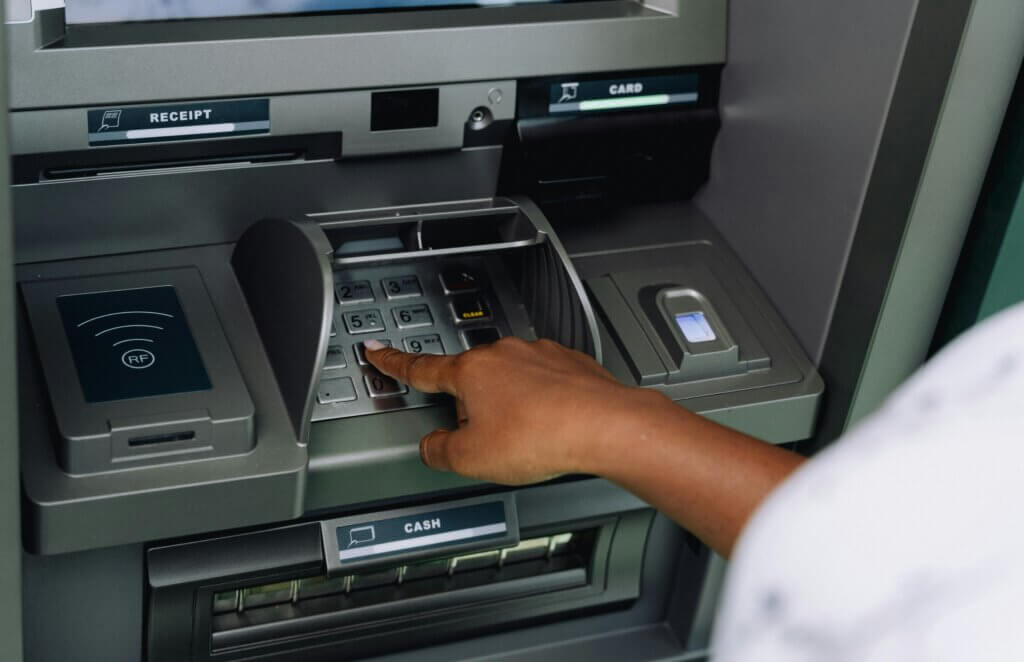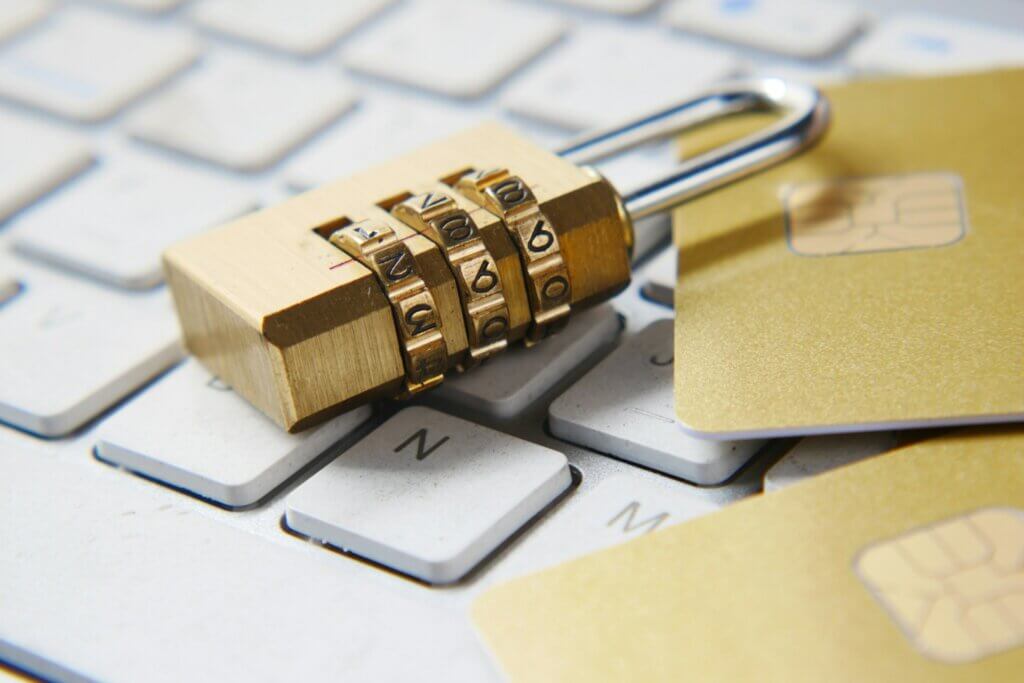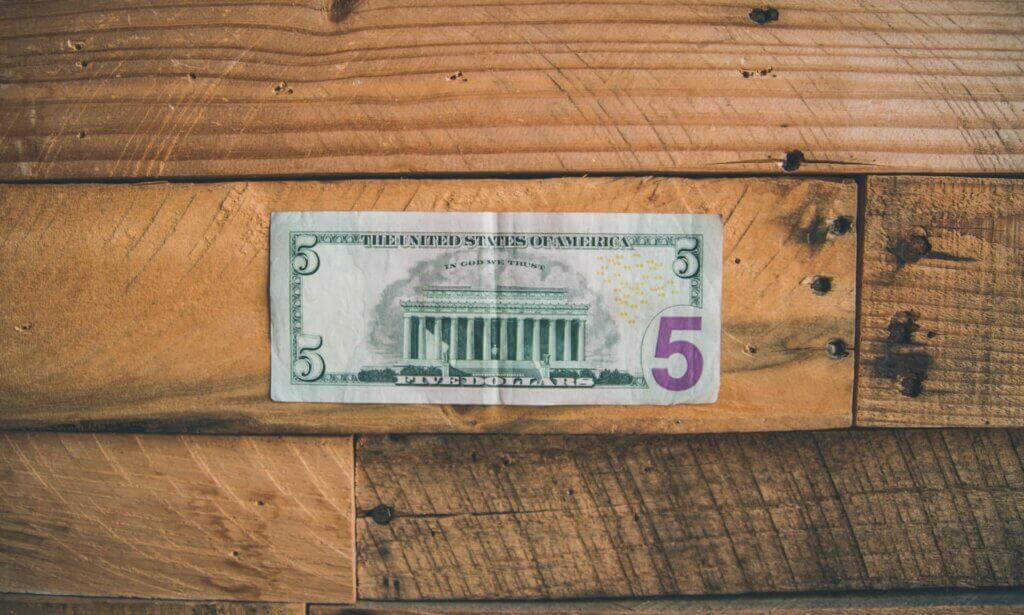You check your bank account, expecting enough to cover your phone bill. But as you scan the list of transactions, you notice something’s not right.
A $35 charge labeled “OD” jumps out. Then another $15 ding that simply says “SVC FEE.” That’s $50 gone—money you were counting on to keep your phone from being shut off.
And since bank language is notoriously confusing, you’re left wondering: what even are those fees, anyway?
Bank fees like these often show up without warning and can quietly chip away at your balance before you even realize what’s happening.
And many of those charges? They’re buried in fine print, triggered by everyday transactions and, more often than not, they’re avoidable.
This guide will break down the most common bank fees, explain what causes them, and show you how to spot and sidestep them so you can bank with fewer surprises and more peace of mind.
What Are Bank Fees?
Bank fees are charges your bank takes out for things like keeping your account open, using an ATM that’s not in their network, or covering a payment when your balance is too low (commonly referred to as overdraft fees).
Some bank fees are expected. Others show up without warning. In fact, banks collect nearly $82 billion in fees from the average American account holder each year.
And they’re not just annoying. They’re one of the biggest reasons people get fed up with their bank.
According to the survey from EY-Parthenon linked above, nearly half (45%) of consumers say bank fees feel unreasonable, and one in three has switched or is ready to switch banks because of them.
That matters, especially if you’re trying to build savings or get out of debt. Every unexpected charge is money that could go toward your goals instead.
Learning how to avoid bank fees—like overdraft fees and non-sufficient funds or NSF fees—can help you hold onto more of your money and use it for what really matters.
Fortunately, with a few small changes in how you manage your account, you can avoid the most common bank fees.
The first step? Knowing what to watch out for.
The 10 Most Common Bank Fees (and How To Dodge Them)
You shouldn’t need a decoder ring to understand where your money’s going, especially when it comes to bank fees. But banks don’t always make it easy.
Some clearly spell out their fees. Others bury them in the fine print, or label them with cryptic abbreviations like OD (overdraft) or SVC (a service charge—basically, a fee the bank makes you pay for them to keep your account up and running).
Here’s a quick guide to the most common charges, what they actually mean, and how to avoid bank fees so you can keep more of your money and use it toward your goals.
Monthly Maintenance Fees
What it is: A monthly charge (ranging from $4–$25) just to keep your account open.
Why it matters: If you’re not meeting the bank’s requirements, this fee can add up fast: between $48 and $300 a year gone for… nothing.
How to avoid it: Most banks will waive this fee if you set up direct deposit or keep a minimum balance (often between $300 and $1,500). If that’s not realistic right now, consider switching to a bank that offers no-fee checking. There are plenty of options out there.
ATM Fees
What it is: A fee for using an ATM outside your bank’s network. You might get charged twice: once by your bank and once by the ATM owner.
Why it matters: The average ATM fee is around $4.77 per transaction. These fees can stack up quickly if you’re regularly pulling out cash. And they’re easy to miss if you’re not keeping a close eye on the individual charges in your transaction history.
How to avoid it: Use your bank’s ATM locator to find free options nearby. Some banks also refund ATM fees, so it’s worth asking. Or skip the ATM altogether and get cash back at the register when you shop.
Overdraft Fees
What it is: A charge (typically $10–$37 at most major banks) assessed when your bank covers a payment that pushes your account into the negative.
Why it matters: One small slip can lead to a cascade of fees, especially if you’re hit with multiple overdrafts in a day.
How to avoid it: Opt out of overdraft coverage if you can. Set up low-balance alerts, or link your checking account to a savings account for automatic transfers. Some banks offer grace periods or fee forgiveness—ask what’s available.
Bonus tip: If you’re a Kudzu user, you’re already ahead of the game. We offer account features like fee-free overdraft protection, automatic savings, and alerts that let you know when you reach your pre-set spending limits.
NSF Fees (Non-Sufficient Funds)
What it is: A fee for declined transactions when there’s not enough money in your account. Unlike overdraft fees, the payment doesn’t go through, but you still get charged.
Why it matters: NSF fees are a double whammy, as you don’t get what you were trying to pay for and you lose money in the process. In addition, some merchants may also charge their own penalty fee if your payment fails.
How to avoid it: Keep an eye on your balance and set up real-time alerts to let you know when funds are low. Some banks offer tools to help you track pending charges or will waive the first NSF fee if you act quickly.
Card Emission Fees
What it is: A charge for issuing or mailing you a new debit or credit card. This can include standard replacements, rush delivery, or even just activating a new account.
Why it matters: It’s one of those sneaky fees that feels like a penalty for being a customer. And if you lose your card more than once, it can start to add up, especially with expedited shipping.
How to avoid it: Handle your card like cash—keep it safe and store it in a secure place. If you do need a replacement, check your bank’s policy. Some banks charge for any type of delivery, while others only apply fees to rush orders. Kudzu, for example, only charges a fee for expedited shipping.
Bonus tip: Kudzu users also benefit from a digital-first approach. In other words, your debit card lives in your mobile wallet, too. That means even if your physical card is out of reach (or you’re waiting for a new one to arrive in the mail), you can still tap to pay and keep moving—no stress, no delays.
Wire Transfer Fees
What it is: A fee for sending or receiving money through a wire transfer, which is a fast, secure way to move money between banks, often used for large or urgent payments.
Why it matters: Domestic wire transfers from your account to someone else’s often run between $20 and $35. International ones can go as high as $50 or more.
How to avoid it: Use wire transfers only when necessary. For routine money transfers, opt for ACH transfers; these are slower but free in most cases. (ACH stands for Automated Clearing House, and it’s how most direct deposits and bill payments move behind the scenes.)
Account Closure Fees
What it is: A charge for closing your account soon after opening it, usually within 90 to 180 days.
Why it matters: It’s not a fee most people expect, but it can sting if you’re switching banks or closing a trial account.
How to avoid it: Check the fine print before opening a new account. If you need to close your account early, call customer service and ask if they’ll waive the fee—it’s not always set in stone.
Paper Statement Fees
What it is: A monthly charge (usually up to $5) to receive printed statements in the mail instead of online.
Why it matters: It’s a fee you can eliminate in under a minute, but plenty of people still pay it without realizing.
How to avoid it: Log into your account and switch to paperless statements. It’s usually free, faster, and better for the environment, too.
Inactivity Fees
What it is: A fee charged when your account hasn’t had any activity for a set period, typically six to 12 months.
Why it matters: It’s easy to forget about old or backup accounts, and this fee punishes you for letting them sit idle.
How to avoid it: Put a reminder on your calendar to use your account to make a small transaction every few months, or set up an automatic transfer to keep it active.
Check Ordering Fees
What it is: Some banks charge a fee when you order physical checks, especially if you choose custom designs, expedited shipping, or reorder through a third-party vendor.
Why it matters: If you’re not paying attention, you could end up spending more than necessary on something you barely use. These fees can sneak in during account setup or when you’re reordering checks, and they can add up fast if you’re not careful.
How to avoid it: Stick with your bank’s basic check options, which may be free or low-cost. You can also order from a reputable third-party check printing service, which may offer better deals. And if you rarely write checks, consider whether you even need to order them at all.
The Importance of Reviewing Your Bank Statement
You’ve got more power than you think when it comes to avoiding bank fees. Once you know what to look for, you can start dodging them like a pro.
One of the easiest ways to avoid unnecessary bank fees is to make reviewing your bank statement a monthly habit.
Keep in mind, this review isn’t about obsessing over every transaction. It’s about knowing where your money’s going so you can catch and address bank fees before they start piling up.
Here’s how to make the process simple and worthwhile:
- Set a monthly reminder: Choose a consistent day—like the first Sunday of the month—and spend 10 minutes reviewing your statement.
- Learn the lingo: Banks often use abbreviations like “SVC” (service fee), “OD” (overdraft), “MTN” (maintenance), and “ATM” (ATM-related charges). Knowing their meaning can help you flag these charges quickly.
- Use the search function: When viewing your statement online, use Ctrl+F (Windows) or Cmd+F (Mac) to search for terms like “fee,” “charge,” or “service” to zero in on hidden costs quickly.
- Ask questions: If something doesn’t look right, call customer service. Many banks will waive a fee if it’s your first time or if there’s a valid reason.
- Keep an eye on trends: If you notice the same type of charge popping up, it might be time to change how you use your account or explore a better fit.
Knowing what you’re being charged for gives you the power to make smarter moves with your money. Regularly reviewing your bank statement is a small habit that can lead to big savings over time.
Bonus tip: Reviewing your bank statement each month is also a great time to check in on your budget. Seeing where your money actually goes can help you spot patterns, adjust your spending, and stay on track.
Want to go deeper? Check out our budgeting guide to building a simple, flexible budget that works for real life.
Your Money, Your Rules: Stop Paying Pesky Bank Fees
If you’ve ever been blindsided by bank fees, you know how frustrating it can be.
The good news? Most of these charges are avoidable once you know where to look and how to handle them.
Start by reviewing your bank statement each month. Set up alerts for low balances or unusual activity. Switch to digital statements. These simple habits can help you catch bank fees early, or avoid them altogether.
And if your current bank keeps charging you unreasonable fees for everyday transactions, it might be time to switch to a more customer-friendly option.
Kudzu keeps things simple, with fewer fees, clear terms, and tools that help you stay in control of your money.
No surprise charges. No fine-print traps. Just a straightforward way to manage your finances.
Start your journey here.



